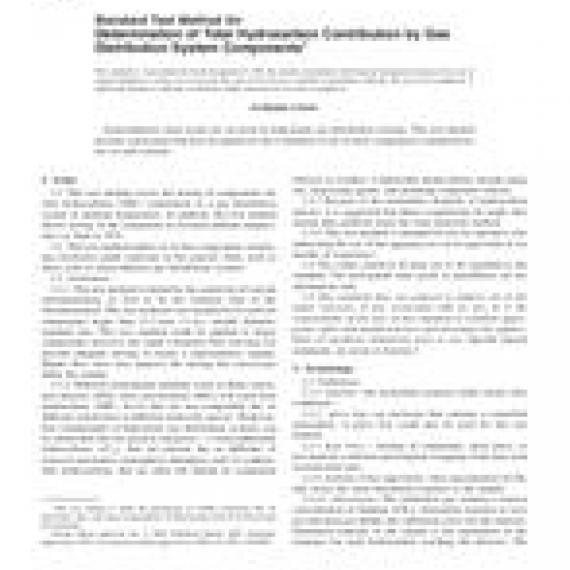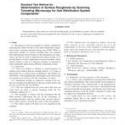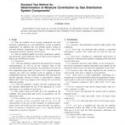No products
ASTM F1398-93(2005)
ASTM F1398-93(2005) Standard Test Method for Determination of Total Hydrocarbon Contribution by Gas Distribution System Components
standard by ASTM International, 01/01/2005
Full Description
1.1 This test method covers the testing of components for total hydrocarbons (THC) contribution to a gas distribution system at ambient temperature. In addition, this test method allows testing of the component at elevated ambient temperatures as high as 70 however, the stated volumetric flow rate may not provide adequate mixing to ensure a representative sample. Higher flow rates may improve the mixing but excessively dilute the sample.
1.3.2 Different instrumental methods (such as flame ionization detector (FID), mass spectrometer (MS)) will yield total hydrocarbon (THC) levels that are not comparable due to different sensitivities to different molecular species. Hydrocarbon contaminants of high-purity gas distribution systems can be subdivided into two general categories: (1) noncondensable hydrocarbons (C4), that are present due to difficulty of removal and relative atmospheric abundance, and (2) condensable hydrocarbons, that are often left behind on component surfaces as residues. Condensable hydrocarbons include pump oils, degreasing agents, and polishing compound vehicles.
1.3.3 Because of the tremendous disparity of hydrocarbon species, it is suggested that direct comparisons be made only among data gathered using the same detection method.
1.3.4 This test method is intended for use by operators who understand the use of the apparatus at a level equivalent to six months of experience.
1.4 The values stated in SI units are to be regarded as the standard. The inch-pound units given in parentheses are for information only.
1.5 This standard does not purport to address all of the safety problems, if any, associated with its use. It is the responsibility of the user of this standard to establish appropriate safety and health practices and determine the applicability of regulatory limitations prior to use. Specific hazard statements are given in Section 6.


































